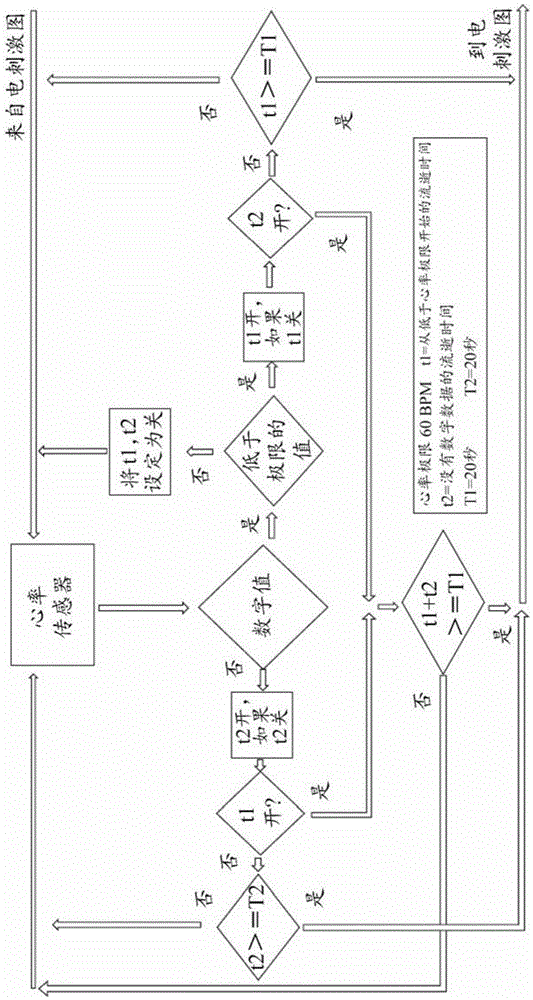Device, wireless system and method for reducing the risk of hypoxia and/or bradycardia
A device, heart rate technology, used in diagnostic recording/measurement, medical science, diagnosis, etc., to solve problems such as increasing the risk of hypoxia
- Summary
- Abstract
- Description
- Claims
- Application Information
AI Technical Summary
Problems solved by technology
Method used
Image
Examples
Embodiment Construction
[0029] The present invention relates to a wearable wireless non-invasive device in the form of a garment applied to the hands or feet for the purpose of reducing the risk of hypoxia and / or bradycardia in different crisis situations. These conditions may occur in the following groups: Sudden infant death syndrome, Pierre Robin sequence infants, adults with sleep apnea, due to specific needs, the wearer may have the need to sleep face up, so sleep prone to hypoxia.
[0030] The invention includes a wearable wireless non-invasive device that is placed on the wearer's hand or foot and measures blood oxygen saturation and heart rate by means of a pulse oximeter contained therein. In one embodiment of the invention, the wearer uses the device while sleeping, and upon detecting any of these physiological parameters outside the patient's predetermined range, the device activates a complex algorithm that starts a specific timer. After the moment the algorithm considers acting on the u...
PUM
 Login to View More
Login to View More Abstract
Description
Claims
Application Information
 Login to View More
Login to View More - R&D
- Intellectual Property
- Life Sciences
- Materials
- Tech Scout
- Unparalleled Data Quality
- Higher Quality Content
- 60% Fewer Hallucinations
Browse by: Latest US Patents, China's latest patents, Technical Efficacy Thesaurus, Application Domain, Technology Topic, Popular Technical Reports.
© 2025 PatSnap. All rights reserved.Legal|Privacy policy|Modern Slavery Act Transparency Statement|Sitemap|About US| Contact US: help@patsnap.com



